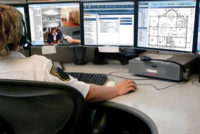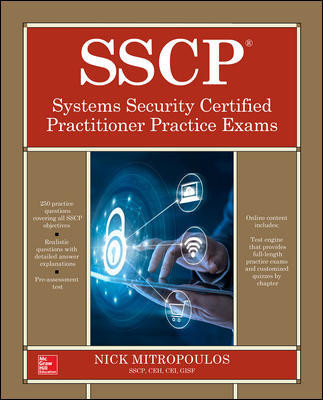How to Find Solutions for Legacy Systems

The signs are there. Your system is slow, you are working with outdated technology and your software has reached maximum capacity. Replacement hardware parts are difficult to obtain or expensive, and the system can’t integrate with the newer technologies that would improve the security of your building. You need to do something about your security system, but how do you find a solution for your legacy system?
Examine Your Needs
As you review your security solution choices, think about your overall company needs. What is important now? What will be important in five years? 10 years? How can you be sure your security system can manage that growth and change? Do you expect to add more doors, cameras or buildings in the future? Could you find a solution that used some of your current security system infrastructure and protects your investment while upgrading to a more modern, scalable system that can accommodate future growth?
Take into consideration how your company manages the security system. Does one IT person monitor all security, or is there a full security staff operating in a command center 24 hours a day? Choosing an intuitive, easy to use system will make it easier to train security staff and manage day-to-day security.
What type of budget is available? How can you get the most bang for your buck?
Do Your Homework
After you’ve determined what your security needs will be now and in the future, research different systems (on your own or hire a consultant) to determine which security solutions have the features you need to protect your buildings, assets and employees. Choose wisely and look at the optional modules closely. Some access control solutions come standard with visitor management, identity management and video management built-in, while others offer these modules separately, driving up overall system costs.
Typical access control applications can last for 10-15 years. Select a security system from a reputable manufacturer that provides exceptional customer service and is willing to treat you like a long-term partner. Look for the following factors from your next manufacturer:
- Product Development – Manufacturers that control product development can make upgrades to their products more quickly and easily than companies who OEM product and are at the mercy of third-party companies.
- Backward Compatibility – A company’s products should always work with older products.\
- Scalability – Choose a company that offers flexible, scalable solutions that can grow with you.
- Ease of use – Find a system with intuitive software, and where the GUI is the same for all products. Upgrading is easier because security staff is familiar with the product.
- Exceptional Customer Service – Does the manufacturer listen closely to your needs and address your questions? Exceptional Customer Service starts with the initial presentation. Examine the people and decide if they are people you could work with for a long time.
Rip and Replace or Retrofit?
A completely new system requires a large upfront cost. It’s more expensive and time consuming because you must start over completely from scratch and find money in the budget for a new system and labor expenses. A large upfront cost is essential.
A rip and replace also requires more system downtime, meaning you go unprotected for longer periods of time during the installation process.
A retrofit solution allows a company to upgrade quickly, easily and affordably while protecting their current investment. How? First, when a company chooses the correct retrofit solution, it can reuse a great deal of its existing network infrastructure. Companies can reuse the same enclosures, hardware and wiring. A good retrofit solution will also allow a company to maintain its badge population. This eliminates re-entering personnel data and access rights, saving hours of time and money.
Consider the installation process as you migrate to a retrofit system. Some solutions on the market offer a simple circuit board replacement. The end user can reuse the existing enclosures, fitting the same wall space with no additional real estate needed, and no new enclosures. They just change out the boards. All wiring infrastructure remains intact, which keeps costs low. The backplane operates flawlessly with the existing wiring. A retrofit solution should provide a low-risk, low-cost solution that requires minimal system downtime and a very low labor component. It should be easy to install and operate, and protects your current investment while upgrading your security technology to modern standards.
With some thought and homework, replacing a legacy system can be affordable and manageable. Whether you choose to rip out your old system and start over, or migrate to a retrofit solution, choose a system with careful review and consideration of your investment, costs and future needs.
Looking for a reprint of this article?
From high-res PDFs to custom plaques, order your copy today!








